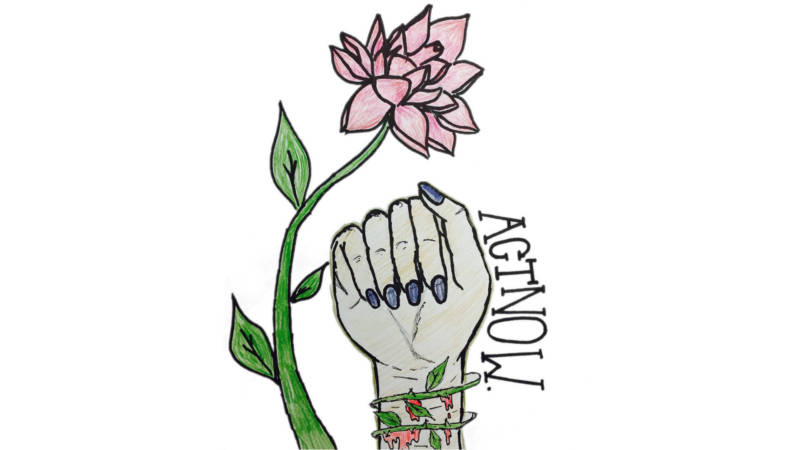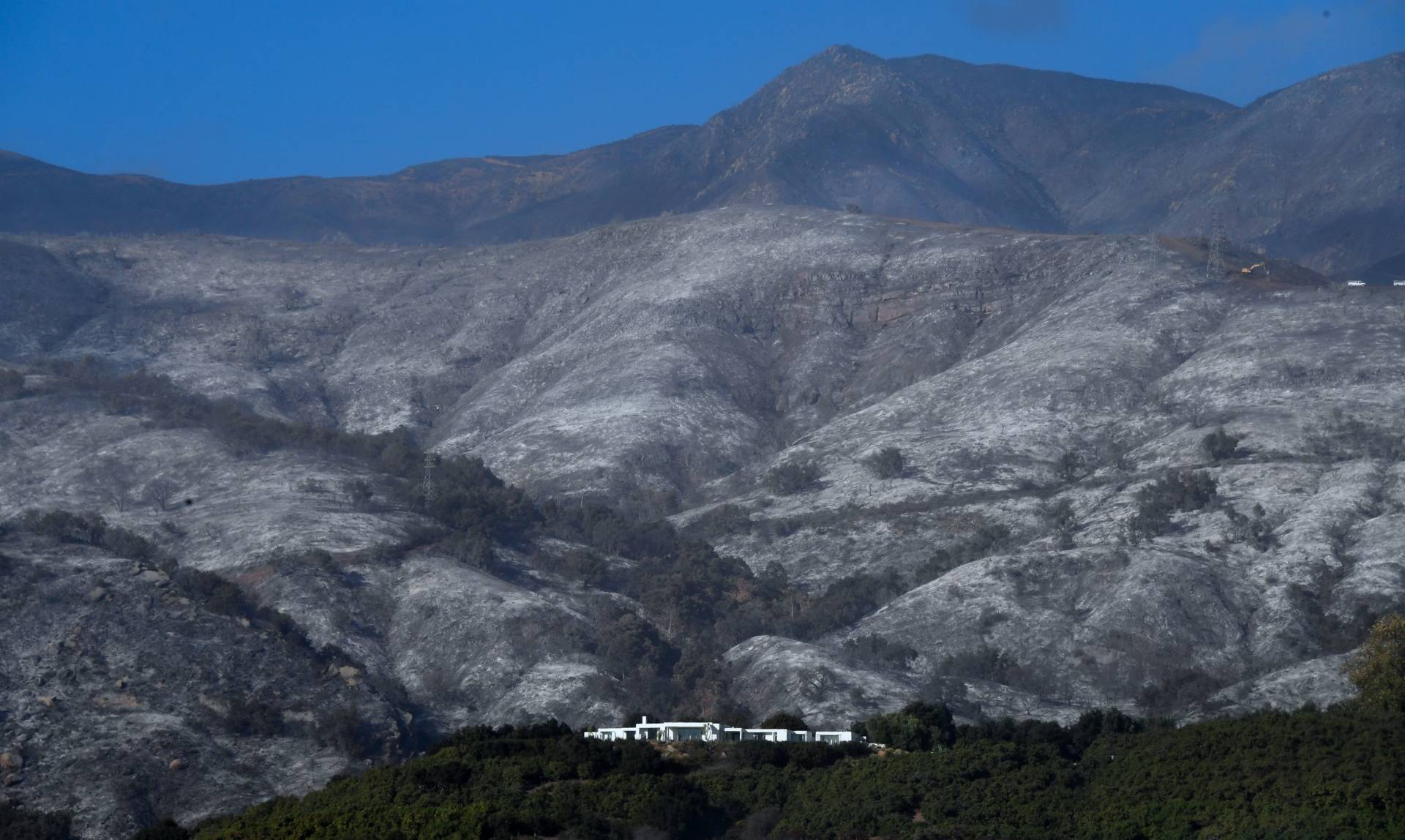If you ask me what social studies, social art and social media have in common, it’s people. People communicating, making connections with one another and affecting change. So why not let students express themselves in the classroom the way they often do outside of school — on their phones? It took months for me to finally commit, but once I did, it was like a renaissance of creativity, ideas and critical thinking had overtaken our classroom (in a good way!).
Letters to the Next President 2.0 (L2NP 2.0), the Media Makes series, hosted by the National Writing Project and KQED, is an amazing resource for involving students in the civic process. It inspired me to delve further into the world of student self-expression and using social media as a tool in the classroom. The Media Make projects encourage students to identify what matters to them, instructs them on how to conduct research on the issues, and empowers them to make their voices heard online.
Integrating social media into the learning landscape of middle school history proved to be a huge success, albeit a semi nerve-racking journey. Below are my five dos and don’ts for using social media to help students spread awareness and start a dialogue about their values and concerns.

